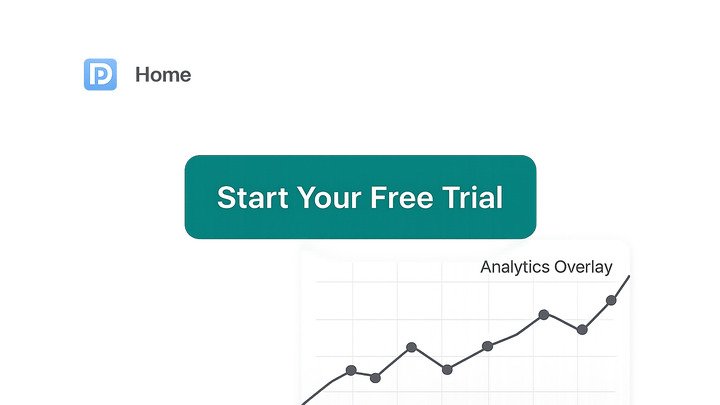Published on 2025-06-29T21:48:57Z
What is a Dynamic CTA? Examples of Dynamic CTAs
In the realm of CRO, UX, and SEO, a Dynamic Call to Action (CTA) is a button, banner, or link that adapts in real-time to reflect user behavior, context, or segmentation. Unlike static CTAs that remain unchanged for all visitors, dynamic CTAs can tailor messaging, design, or placement based on factors such as browsing history, referral source, or user persona. This personalization approach boosts relevance, increases engagement, and drives higher conversion rates. Tools like Prevue.me offer actionable critiques to optimize dynamic CTAs, ensuring they align with lead generation, accessibility standards, and overall website performance. By leveraging dynamic CTAs, marketers and UX designers can create more targeted experiences that resonate with each visitor segment.
Dynamic cta
Dynamic CTAs adapt call-to-action content based on user behavior and context, boosting engagement and conversions.
Definition and Core Concepts
This section breaks down what makes a CTA ‘dynamic’ and why real-time adaptation matters in CRO, UX, and SEO contexts.
-
What is a dynamic cta?
A Dynamic CTA automatically changes its content—such as text, color, size, or placement—based on predefined triggers like user location, referral source, or on-site behavior.
-
Static vs. dynamic ctas
While static CTAs display the same message to every visitor, dynamic CTAs use visitor data to personalize the call to action, making it more relevant and engaging for each user segment.
Key Benefits for CRO, UX, and SEO
Discover how dynamic CTAs contribute to improved conversion rates, better user experiences, and positive SEO signals.
-
Enhanced personalization
- Tailors messaging to individual user profiles
- Increases perceived relevance and trust
- Drives higher click-through rates
-
Improved conversion rates
- Matches CTAs to the user’s stage in the funnel
- Reduces friction by offering contextually appropriate next steps
- Supports lead generation goals
-
Positive seo impact
- Boosts engagement metrics like time on page and click depth
- Signals quality content to search engines
- Can lower bounce rates when CTAs guide users to related content
Implementing Dynamic CTAs with Prevue.me
See how prevue.me can audit and optimize your dynamic CTAs for maximum performance in lead generation, accessibility, and UX.
-
Integration workflow
Follow these steps to integrate prevue.me and start tracking your dynamic CTAs:
- Script installation:
Place the following snippet before the closing </head> tag:
<script src="https://prevue.me/embed.js"></script> - Configuration:
Define user segments and set conversion goals within the prevue.me dashboard.
- Script installation:
-
Actionable optimization insights
- prevue.me highlights underperforming CTAs
- Recommends alternative copy, color schemes, and placements
- Prioritizes changes based on potential lift in lead generation
Best Practices and Common Pitfalls
Learn the dos and don’ts to ensure your dynamic CTAs enhance user experience without compromising performance or privacy.
-
Balance personalization with privacy
Avoid overly intrusive personalization. Respect user consent and privacy regulations like GDPR when collecting data for dynamic CTAs.
-
Optimize for performance
Ensure dynamic CTAs don’t slow down page load times. Test load impact and use asynchronous scripts where possible.
-
Continuous testing and iteration
Regularly A/B test CTA variations. Use prevue.me to track performance changes and iterate based on data-driven insights.
